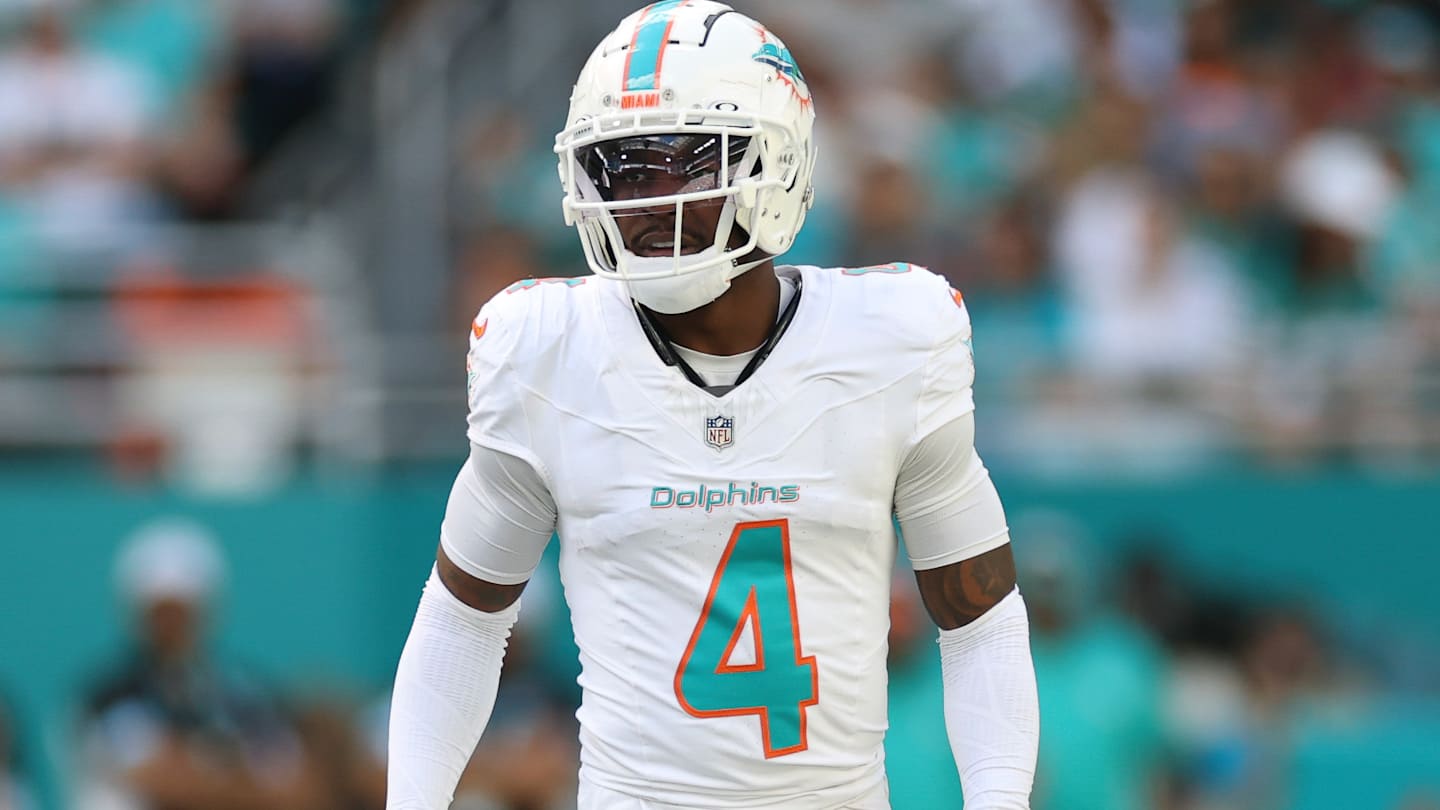The Miami Dolphins’ defensive backfield faces an immediate crisis following the unfortunate news of cornerback Kader Kohou’s season-ending knee injury. This significant setback comes at a crucial juncture, compelling the team to swiftly address a glaring void in their secondary. With training camps underway and other teams grappling with similar issues, the Dolphins must act decisively to secure a capable replacement, as the free-agent market, while sparse, still holds potential solutions for a short-term fix.
Head coach Mike McDaniel officially confirmed Kohou’s injury on Wednesday, compounding earlier concerns that arose after the young cornerback left practice early on Saturday. Initial swelling had delayed a definitive diagnosis, but the team’s subsequent moves, such as the signing of slot corner Justin Bethel, served as a subtle indicator of the severity of Kohou’s prognosis, suggesting his absence would be prolonged.
In this challenging landscape, one veteran name emerges as a compelling, albeit obvious, solution for the Dolphins: Stephon Gilmore. The former NFL Defensive Player of the Year and five-time Pro Bowler remains a free agent, offering a proven pedigree that could immediately bolster Miami’s depleted unit. Despite his age, Gilmore represents a caliber of talent rarely available this late in the offseason, making him a prime target for a team in desperate need of experience and stability.
At 34 years old, soon to be 35, Gilmore is no longer the elite shutdown corner he once was, but the Dolphins’ defensive philosophy might mitigate this. Their strategy focuses heavily on rushing the quarterback quickly, thereby reducing the strain on the secondary. Furthermore, Miami’s defensive coordinator, Anthony Weaver, employs coverages similar to those Gilmore excelled in with the Minnesota Vikings, suggesting a potentially seamless transition into the Dolphins’ scheme.
Gilmore’s decision-making process will undoubtedly factor into any potential signing. While he already possesses a Super Bowl title, a player of his stature might prioritize finding the “right fit” over simply joining a contender. This could explain his continued availability and willingness to potentially miss all or most of training camp while awaiting an ideal opportunity. For Miami, understanding his motivations will be key to a successful negotiation.
Any deal with Gilmore would undeniably be a short-term commitment, a reality that holds true for virtually any veteran cornerback signed at this stage of the season. However, for a young Dolphins secondary, a seasoned presence like Gilmore—with his extensive experience and impressive resume—could provide invaluable leadership and elevate the overall performance of the unit, offering guidance to less experienced players.
While Gilmore presents the most attractive option, the Dolphins do have other choices, though none as immediately impactful. Names like Asante Samuel Jr. and Rasul Douglas have been floated, but Samuel’s father has publicly expressed concerns about his son’s role, and Douglas reportedly seeks a more lucrative contract. The possibility of bringing back Kendall Fuller, who spent last year in Miami and is currently unsigned, also exists as a familiar, albeit less star-studded, alternative.
Despite these other considerations, if the Miami Dolphins are genuinely committed to upgrading their cornerback position, they must pursue Gilmore with urgency. With NFL training camps intensifying and injuries mounting across the league, Gilmore’s phone is likely ringing with offers from other needy teams. A waiting game will not serve Miami well in this scenario; immediate action is paramount.
Ultimately, Kader Kohou’s unfortunate injury has exposed a critical vulnerability in Miami’s defense. However, the unexpected availability of a player of Stephon Gilmore’s caliber offers a unique opportunity to not only fill a void but potentially upgrade the unit significantly. His addition could transform a significant setback into a strategic advantage, providing the Dolphins with the veteran leadership and coverage skills needed to compete effectively.






Leave a Reply